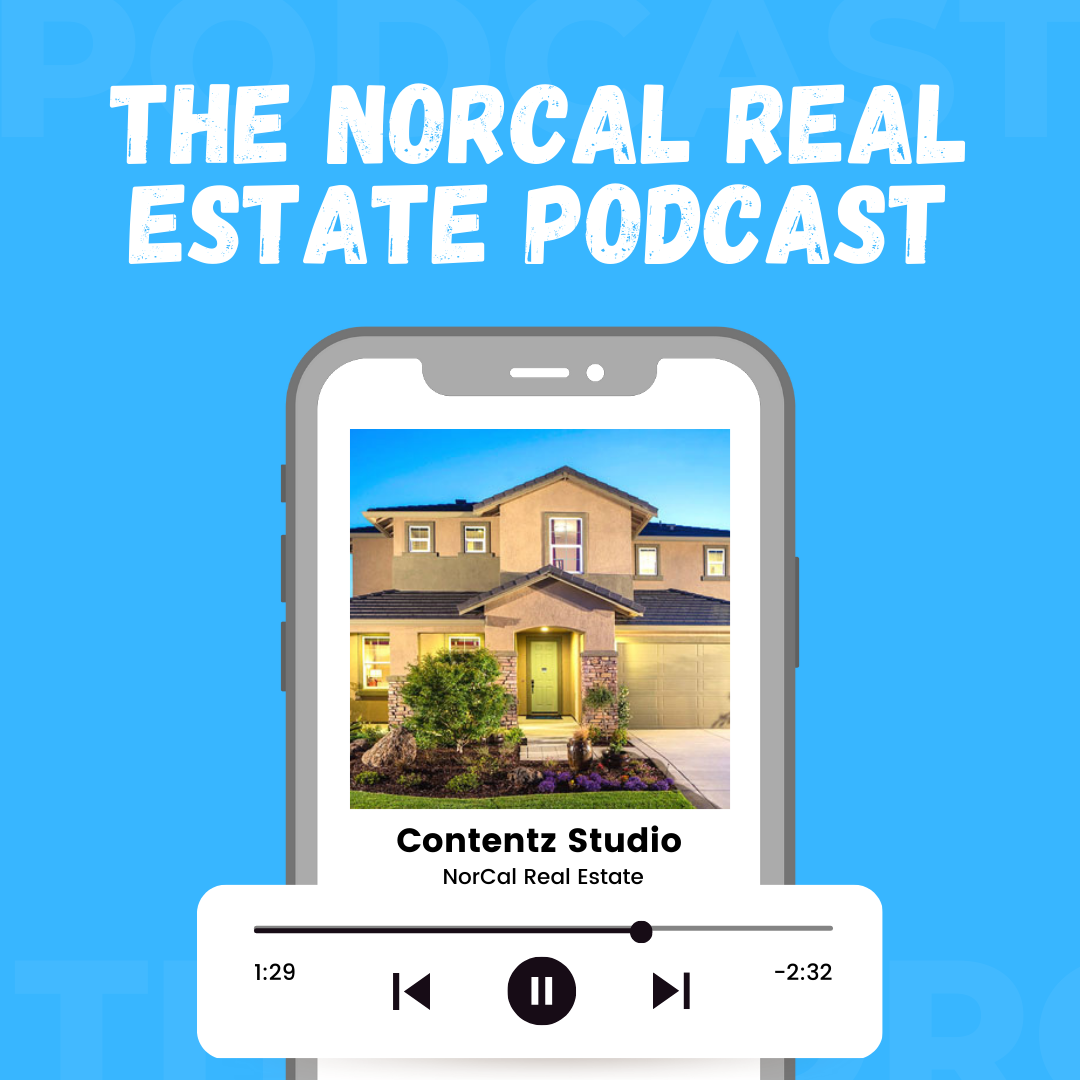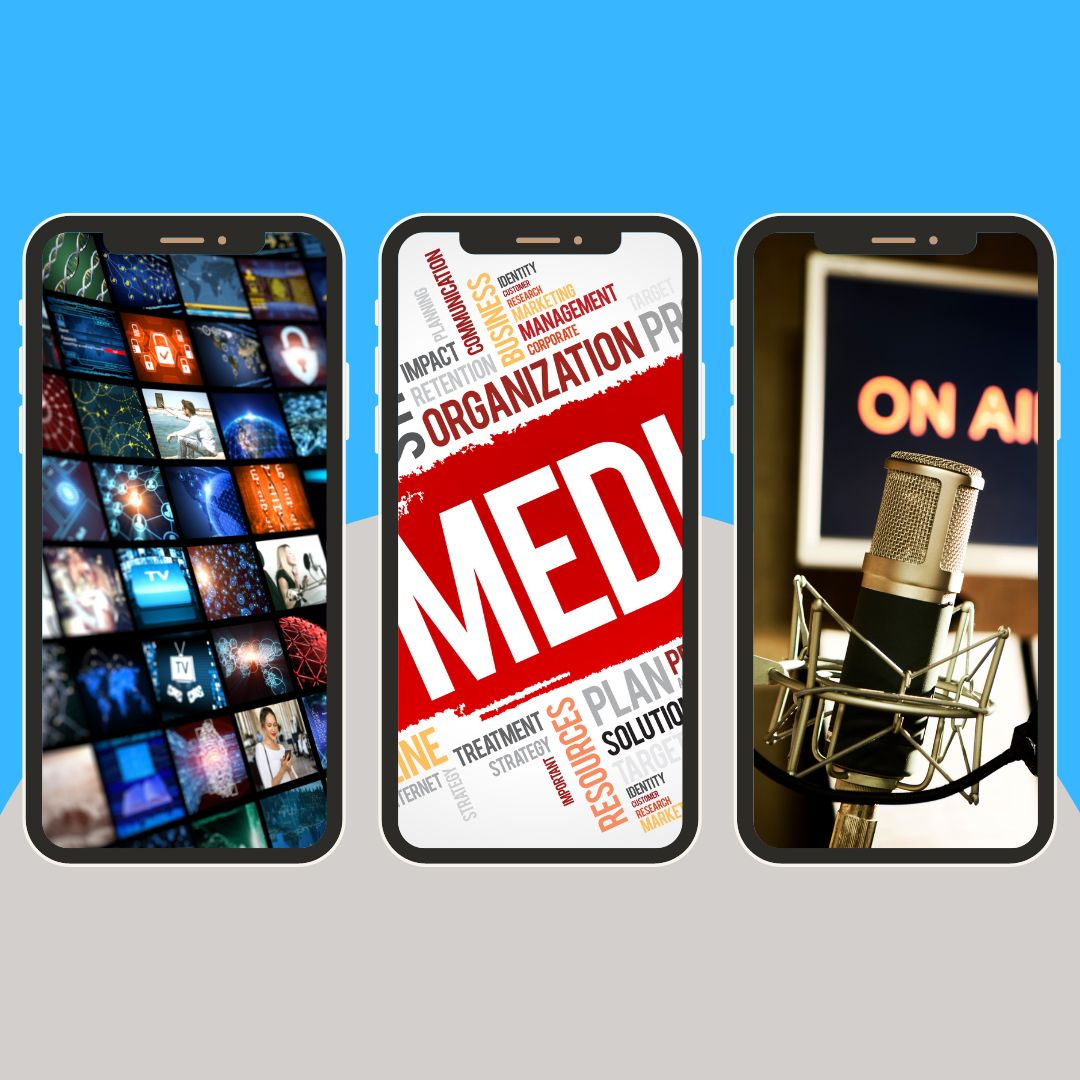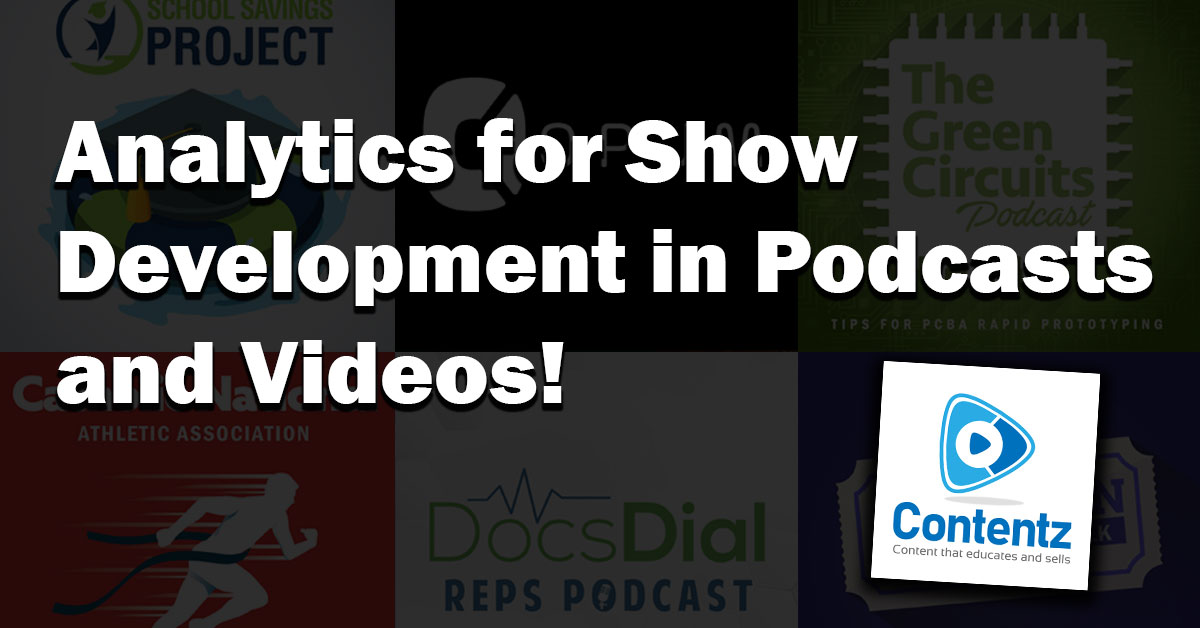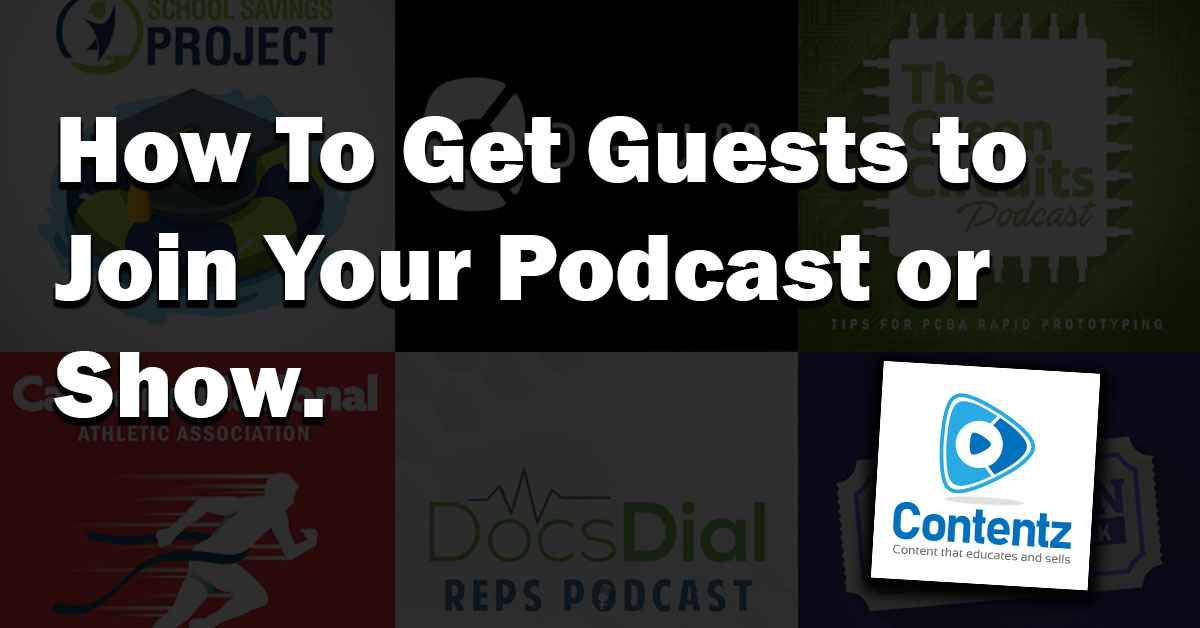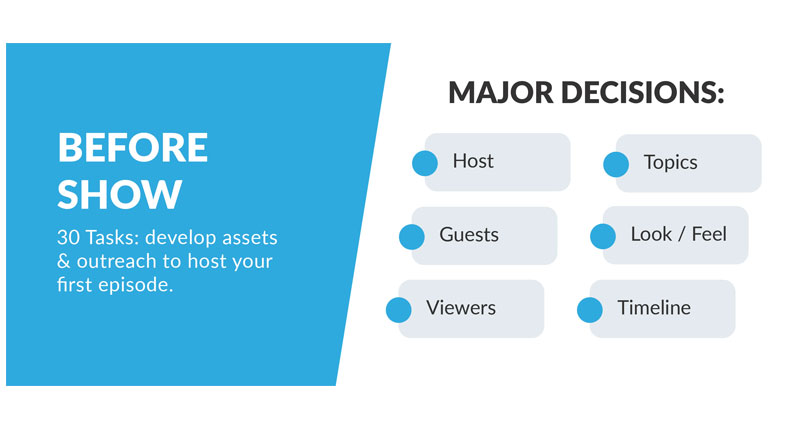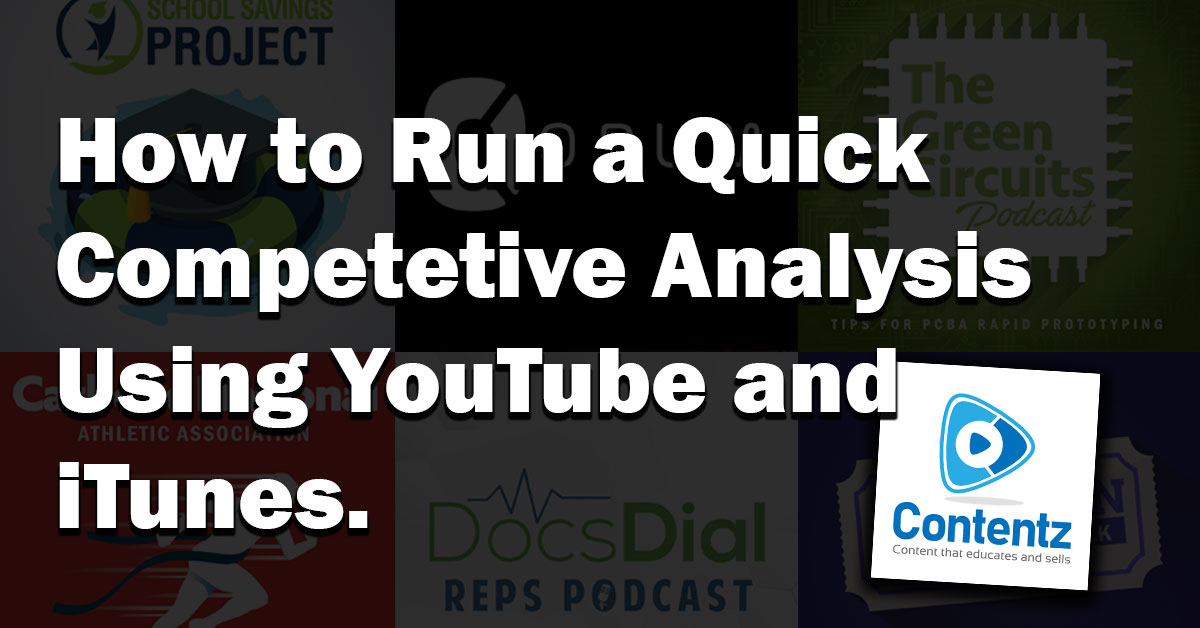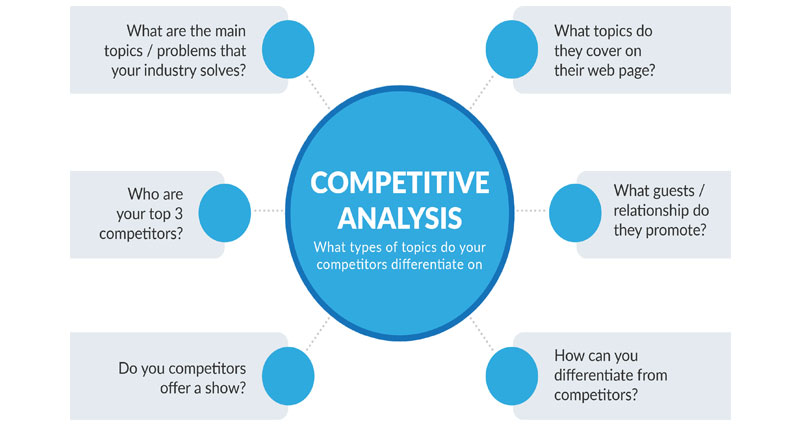Introducing: The CNAA Sports Administrators Podcast
The CNAA Sports Administrators podcast is an exciting new development for Catholic National Athletic Association. The podcast will be hosted by Contentz Studio and is a great opportunity to stay up to date on the latest news and trends in the high school sports world.
The CNAA’s mission is to provide career networking opportunities and best practices content and events for Catholic High School Administrators. With the launch of the podcast, the CNAA is now offering an informative and accessible way for administrators to stay informed about the latest news and trends in athletics. The podcast provides a wealth of information for administrators, with topics ranging from career advice and job search tips to the best practices for running a successful program.
The podcast will features interviews with some of the top names involved, discussing their experiences and advice on how to best manage and lead a team. The podcast is available as a free download on all major podcast streaming services. This makes it easy for administrators to access the latest episodes and stay informed.
Why You Should Join and Tune In To The CNAA Sports Administrators Podcast
One of the biggest benefits of the podcast is that it provides an opportunity for administrators to learn from experts in the field. This is especially useful for administrators who may not have the opportunity to attend conferences or other events. By listening to the podcast, administrators can stay informed and up to date on the latest trends in the sports world. In addition to providing up-to-date information and advice, the podcast also offers a great opportunity for networking.
Guests on the podcast are often high-level administrators and experts in their fields, providing a great opportunity for administrators to connect with potential mentors or contacts. The CNAA Sports Administration podcast is a great resource for Catholic High School administrators. The podcast provides a wealth of information on career advice and best practices, while also offering the opportunity to connect with top administrators and experts in the field. For administrators looking to stay informed and connected to the latest news and trends in the sports world, this podcast is a great resource.
The podcast highlights specific topics related to the job of an athletic administrator, such as budgeting, facility management, and recruiting. Through the podcast, athletic administrators are able to discuss the latest trends in their profession and share advice and best practices with their colleagues. The CNAA Sports Administrators podcast also provides a platform for networking and connecting with other athletic administrators.
Through the podcast, listeners are able to interact with other administrators who are experienced in the field and learn from their experiences. Networking is essential for career advancement, and the podcast provides an avenue for Catholic high school athletic administrators to connect with others in the field and develop relationships with potential mentors.
In addition, the CNAA Sports Administrators podcast offers valuable content and events for Catholic high school athletic administrators. Through the podcast, administrators are able to learn about upcoming conferences, seminars, and other events related to their profession. The podcast also provides content on various topics related to the job of an athletic administrator, such as budgeting, facility management, and recruiting. This content can be used to help administrators stay up to date on the latest news and trends in the field.
The CNAA Sports Administrators podcast is an invaluable resource for Catholic high school athletic administrators in the United States. It provides a platform for networking and connecting with other administrators, as well as valuable content and events related to their profession.
Our Case Study On The CNAA
The CNAA is a non-profit organization that provides networking opportunities and best practices content and events for athletic administrators at Catholic High Schools in the US. It has been successful in reaching its key members, but it needed to find a way to build a platform to disseminate unique and valuable information, find and engage with partners, and distribute the partner and member content in a variety of formats. Contentz was tasked with finding a solution for the CNAA.
To do this, we planned and executed research and call campaigns, quoting, etc. We also built membership, organized events, produced podcasts and webinars, and wrote articles. The first step in our process was to create a content strategy for the CNAA. This included researching the types of content that would be most effective in reaching its members and partners, as well as what content could be used to reach new audiences.
We determined which channels would be the most effective for distributing the content. Once the content strategy was in place, we began to build out the platform itself. We focused on creating an easy-to-navigate website that was optimized for mobile devices. We also created an email newsletter system that allowed us to send out updates on CNAA events, as well as partner and member content. In addition to creating the platform, we also worked closely with the CNAA to produce content. This included podcasts, webinars, blog posts, and articles. We worked with the CNAA to create content that was both interesting and relevant to their members and partners.
Contentz implemented a variety of marketing strategies to ensure that the content was reaching the right audiences. This included social media marketing, email marketing, and search engine optimization. We also worked closely with the CNAA to ensure that their partners and members were engaged with the content we were producing.
The Contentz team was able to provide the CNAA with a comprehensive solution that allowed them to reach their members and partners, as well as new audiences. We were able to create a platform that was easy to navigate and optimized for mobile devices. We also provided content that was interesting and relevant to their members and partners.
Overall, the Contentz team was able to provide the CNAA with a comprehensive solution that allowed them to reach their members and partners, as well as new audiences. We were able to create a platform that was easy to navigate and optimized for mobile devices. We also provided content that was interesting and relevant to their members and partners.
In Conclusion
The announcement of the new CNAA podcast has created great excitement among podcast fans, and the case study of CNAA provided great insight into the organization’s objectives and strategies to reach new audiences. The case study showed how CNAA’s innovative use of technology and creative content has enabled them to engage with a wider audience in a meaningful way. CNAA is well on its way to expanding its reach and impact, and the podcast will be an important tool in furthering this mission.
Click Here to schedule a consultation
Click Here for a sample podcast



